Five Holocaust survivors, a boychoir, and a chamber music group unite to tell the story of the secret concentration camp journal created under the nose of their Nazi captors.
Length: 51:20
Producer, director, writer, and narrator: John Sharify
Cinematographer: Tim Griffis
Festivals/broadcasters: For information on screenings or airings, please send us an email.
Biographies
John Sharify, producer, director, writer and narrator continues his cinematic exploration of artistic resistance to oppression. In 2009 he produced the documentary UNSILENCED, about voices of musical witness to the Holocaust. To film The Boys of Terezín, Sharify traveled the world to meet with five of the six remaining survivors who created an extraordinary secret journal. Sharify is a eight-time recipient of the coveted National Edward R. Murrow prize for journalism, and the winner of 68 Emmy Awards. A graduate of Princeton University, he also holds a Master of Fine Arts degree in Film Directing from Columbia University.
Tim Griffis, director of photography, is creative director of NorthWest Video Edge and the winner of seventeen regional Emmys, three Edward R. Murrow Awards, and dozens of National Press Photographers Association awards for documentaries, breaking news and feature stories. A graduate of the University of Idaho, Griffis is a faculty member for NPPA and NPPF courses, the National Press Club, and the Poynter Institute for Media Studies.
